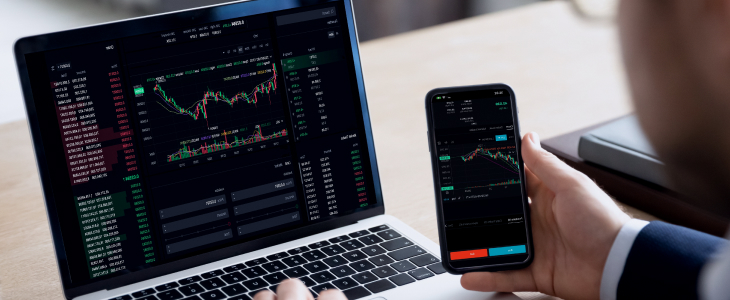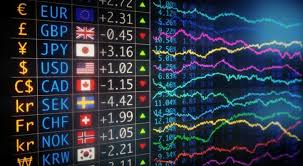
Comprehensive Guide to Forex Trading Sites
In the rapidly changing world of finance, Forex trading has emerged as a popular option for individuals looking to invest and gain profits through currency trading. One of the most crucial steps in starting your Forex journey is selecting the right trading site. With so many options available, making an informed choice can be challenging. This guide aims to discuss the key factors in choosing a Forex trading site, the various types of platforms available, and essential resources for traders. You can also explore forex trading sites Forex Brokers in Vietnam for regional insights and opportunities.
Understanding Forex Trading
Forex, or foreign exchange, refers to the global marketplace where currencies are traded. It is essential to understand that trading in Forex involves speculating on the price movements of currency pairs, such as EUR/USD or GBP/JPY. Forex operates 24 hours a day during weekdays, which provides flexibility for traders worldwide.
Types of Forex Trading Sites
When selecting a Forex trading site, you will typically encounter two main types: brokers and trading platforms. Understanding the differences can help you choose one that suits your trading style and needs.
Forex Brokers
Forex brokers are financial firms that provide traders with access to the Forex market. They act as intermediaries between retail traders and the interbank market. Brokers can be further categorized into dealing desks and non-dealing desks:
- Dealing Desk Brokers: These brokers create a market for traders by quoting their own prices. They may also engage in market-making practices.
- Non-Dealing Desk Brokers: These brokers connect traders directly to the interbank market, offering somewhat lower spreads and faster trade executions.
Trading Platforms

Trading platforms provide the interface for executing trades, monitoring markets, and managing accounts. They can be web-based, desktop applications, or mobile apps. Some popular trading platforms include:
- MetaTrader 4 (MT4): Widely used due to its user-friendly interface and robust analytical tools.
- MetaTrader 5 (MT5): The successor to MT4, with additional features including more timeframes and advanced analytical capabilities.
- cTrader: Known for its intuitive interface and advanced trading features.
Key Factors to Consider When Choosing a Forex Trading Site
Selecting the right Forex trading site is crucial for success. Here are several factors to consider:
Regulation and Licensing
Ensure that the trading site is regulated by a reputable authority. This ensures that your funds are protected and that the broker adheres to specific operational standards. Regulatory bodies include the Financial Conduct Authority (FCA), the Commodity Futures Trading Commission (CFTC), and the Australian Securities and Investments Commission (ASIC).
Trading Fees and Spreads
Different brokers charge various fees, including spreads, commissions, and withdrawal charges. Low spreads can provide a significant advantage, especially for day traders. Compare the costs associated with different platforms to identify the most cost-effective option for your trading strategy.
Trading Tools and Resources
A robust trading site offers tools such as market analysis, economic calendars, trader education, and technical analysis indicators. These resources can significantly enhance your trading decisions and overall experience.
Customer Support
Reliable customer support is essential when trading Forex, as you may need assistance with technical issues or trade-related queries. Look for brokers offering multiple support channels, such as live chat, email, and telephone support, along with responsive service.
User Experience

The trading platform’s interface should be user-friendly and intuitive. A confusing layout can lead to mistakes and lost opportunities, so choose a platform that you find easy to navigate.
Maximizing Your Trading Experience
Once you select a suitable Forex trading site, it’s important to maximize your trading experience. Here are several tips:
Develop a Trading Plan
A well-defined trading plan outlines your goals, risk tolerance, and strategies. Stick to your plan and adjust it based on performance while avoiding impulsive decisions.
Practice with a Demo Account
Many trading sites offer demo accounts, allowing you to practice trading without risking real money. Use this opportunity to familiarize yourself with the platform and refine your trading strategies.
Stay Informed
Follow market news, economic data releases, and geopolitical events that can impact currency prices. Staying informed can help you make better trading decisions.
Manage Your Risk
Risk management is vital in maintaining your investment. Never risk more than you can afford to lose, and utilize tools such as stop-loss orders to protect your capital.
Conclusion
Choosing the right Forex trading site can significantly influence your trading success. Consider the factors outlined in this guide, from regulation and fees to available tools and resources. By staying informed and implementing effective strategies, you can enhance your trading experience in the dynamic world of Forex. As you embark on your trading journey, remember that continuous learning and adaptability are key components to achieving long-term success.